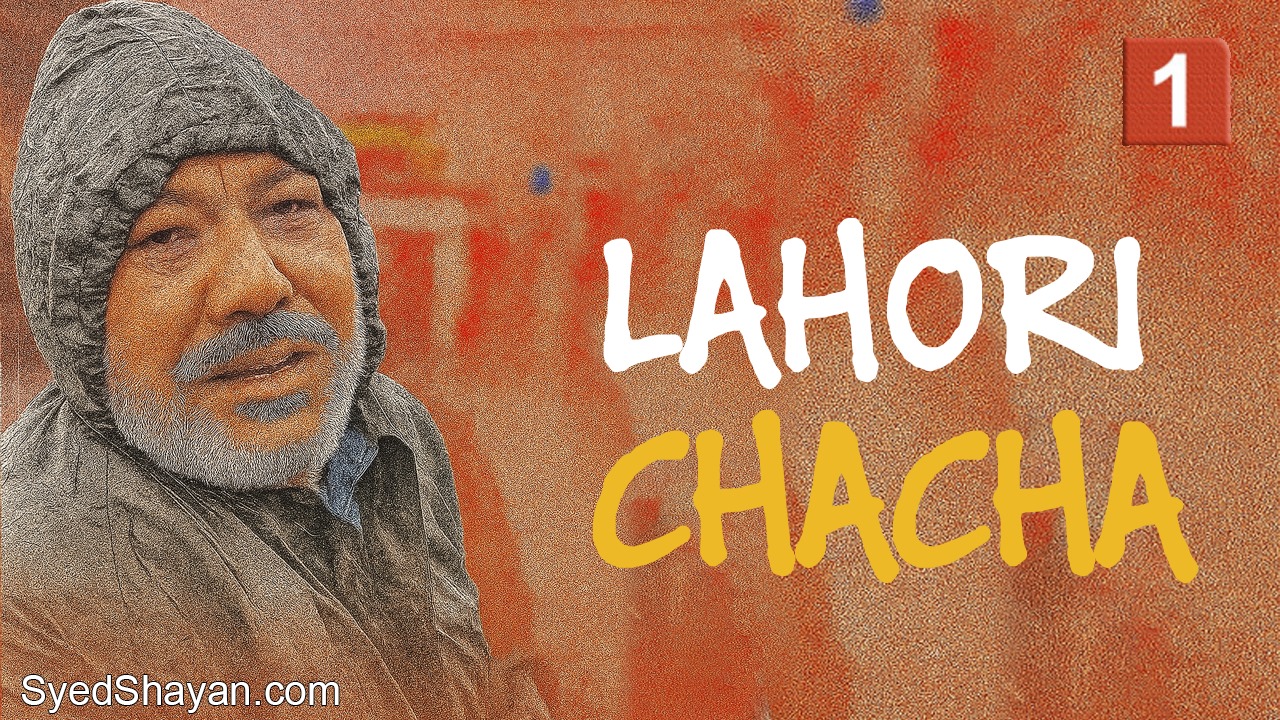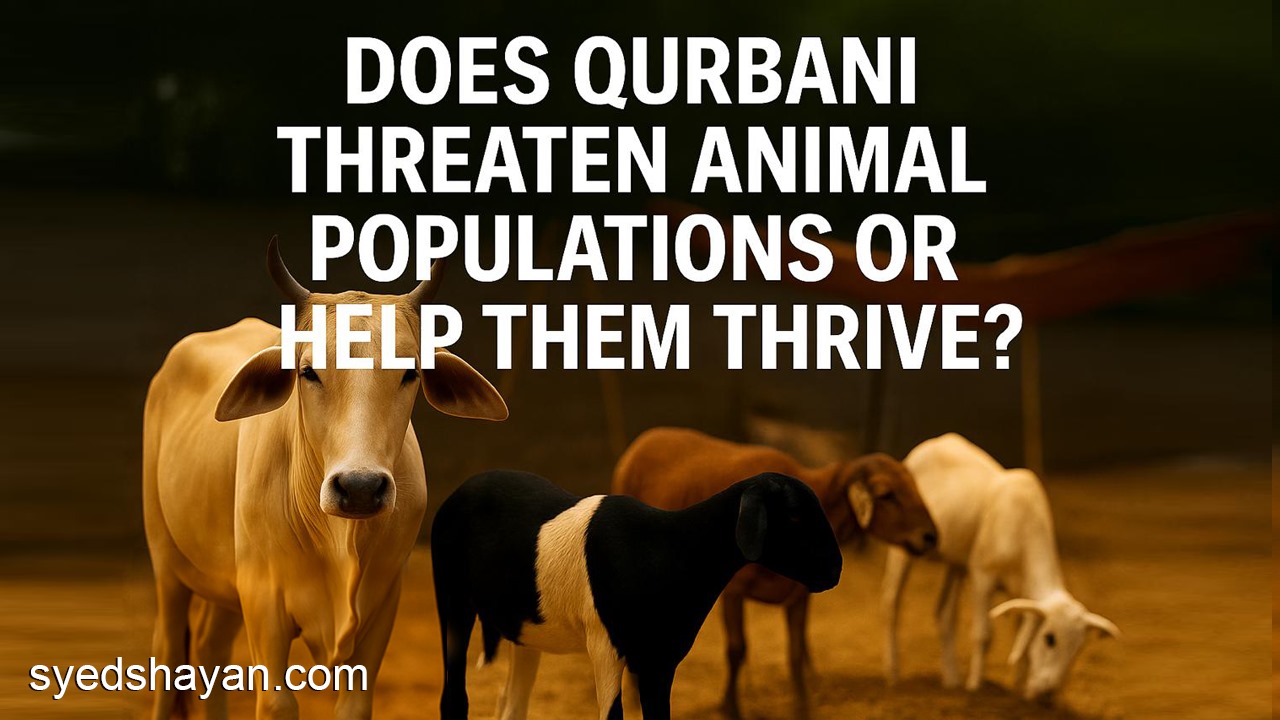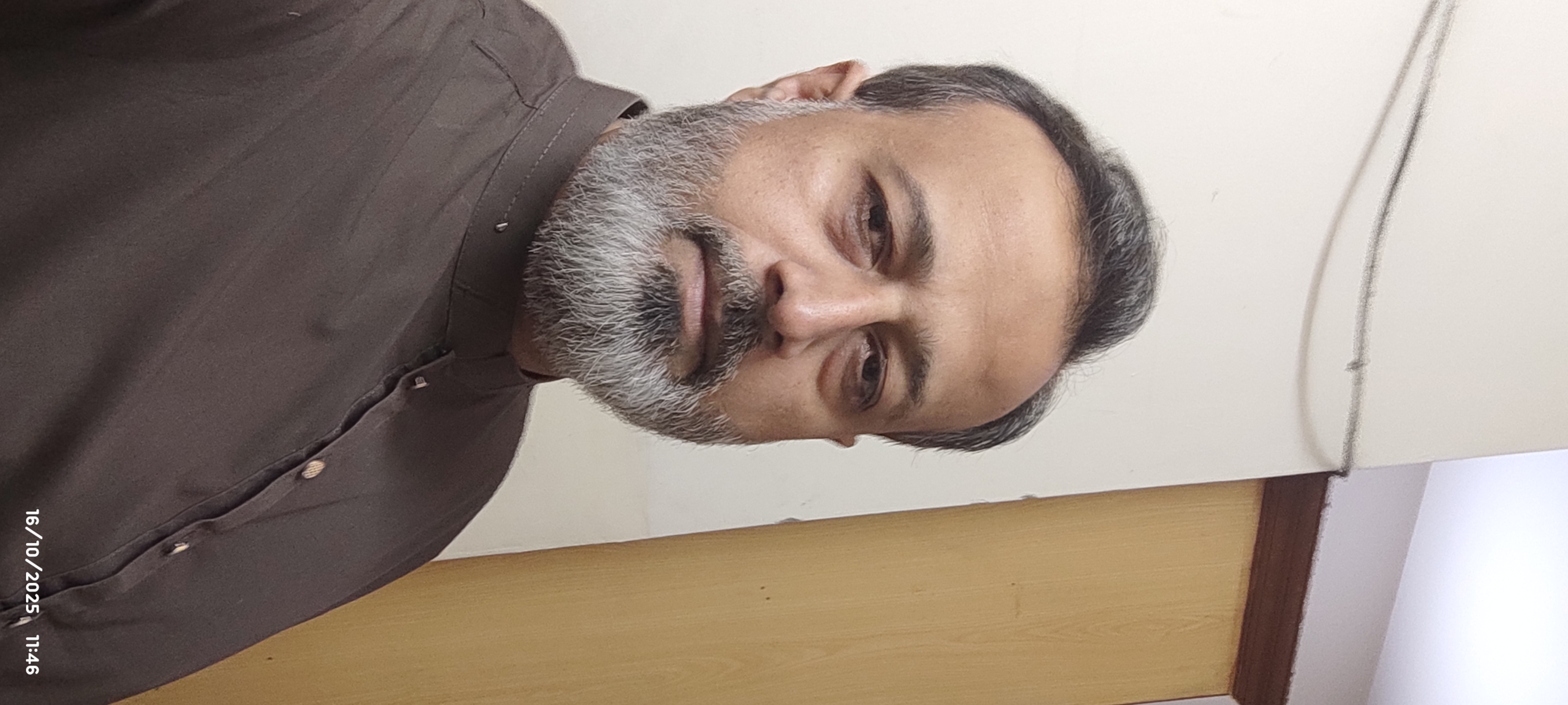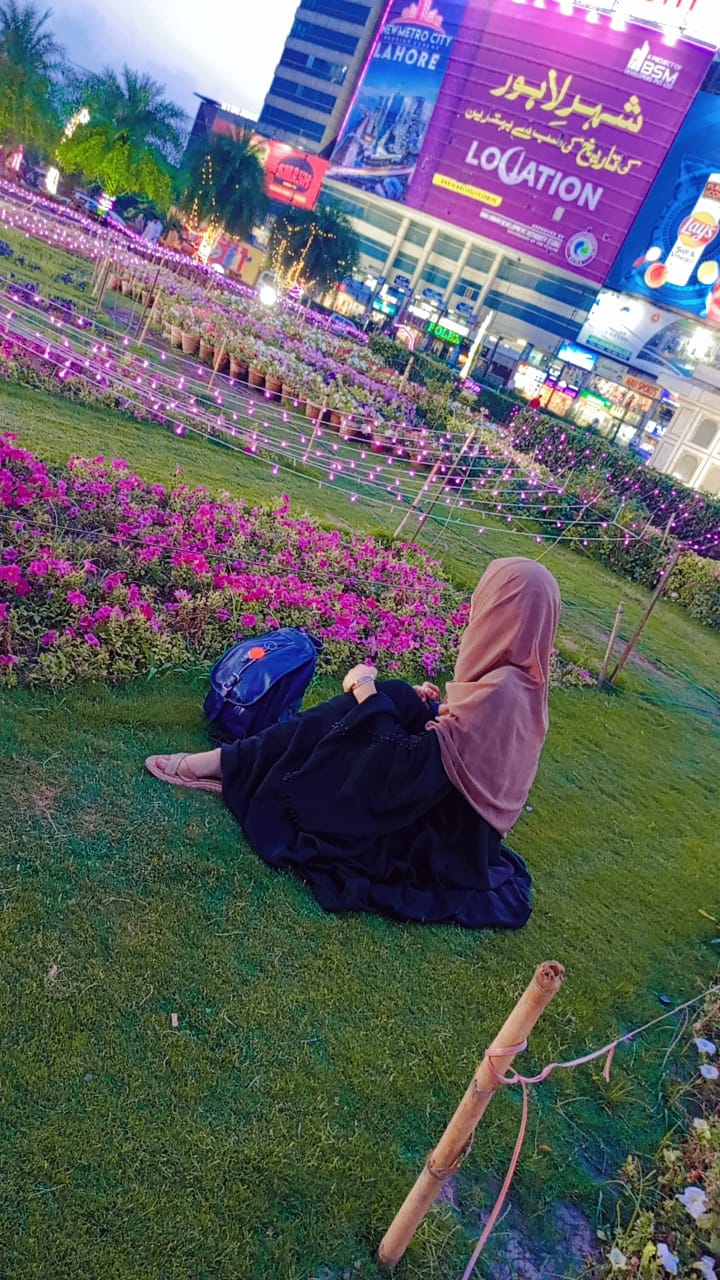By: Syed Shayan

English Version Stats: 1 hr 18 min total reading time by 115 readers
[Urdu version metrics tracked separately]
Pakistani Journalists at a Crossroads
Is This the End, or a New Dawn?
In Pakistan, the journalism landscape is undergoing a seismic shift as traditional media houses shutter their doors, leaving hundreds of reporters and staff in limbo. Recent reports circulating on social media, particularly linked to Daily Jang, have sparked widespread concern within the journalistic community. Allegations suggest that beyond reporting roles, nearly all departments at Jang Lahore page layout, newsroom operations, exchanges, and technical units have been drastically downsized or rendered inactive. This has directly impacted hundreds of employees, many of whom now face severe economic hardship. Far from being an isolated incident, this reflects a broader decline in Pakistan’s print media, raising urgent questions about the industry’s future.
The backlash is palpable, with much of the frustration directed at media owners who failed to embrace digital transformation or invest in upskilling their workforce. Journalists argue that when institutions lag behind technological advancements, it’s the workers those who have dedicated decades to these organizations who bear the brunt. Some have dubbed this phenomenon media casualties, a stark reminder that it’s not journalism itself but its practitioners who are being sacrificed. This sentiment echoes globally, where major outlets like CNN, Vice, Vice News, and BuzzFeed News in the United States have laid off hundreds in recent years, with BuzzFeed News ceasing operations entirely. In the UK, the BBC has scaled back its World Service, letting go of senior staff, while The Independent transitioned to a fully digital model, leaving many jobless. In India, postpandemic layoffs saw thousands of journalists lose their livelihoods as regional and national papers like The Hindu, Hindustan Times, and The Telegraph curtailed editions.
The root cause lies in the rapid digitization of news consumption. Advertising revenue, once the lifeblood of print media, is increasingly funneled to giants like Google and Facebook. Compounding this, artificial intelligence is automating news writing and editing, reducing the need for human staff. While developed nations are offering training and alternative opportunities, journalists in developing countries like Pakistan are quietly grappling with instability.
Yet, this crisis may also signal a new beginning. Two critical steps could redefine the future:
1. Media Houses Must Adapt: Outlets need to look beyond print, proactively training their teams to thrive in a digital era.
2. Journalists Must Evolve: Reporters can no longer limit themselves to traditional roles. Mastering digital reporting, mobile journalism, visual editing, scriptwriting, and social media threads is essential. Today’s journalist must be a multifaceted creator writing, speaking, editing, and publishing independently.
A new breed of Pakistani journalists is already forging this path. Figures like Asad Toor, leveraging YouTube for political analysis, and Ahmed Noorani, who established an independent digital outlet in the US for investigative journalism, exemplify this shift. Umair Ahmed’s The Centrum Media (TCM) connects young talent with visual storytelling, while Mehr Abbasi and Kashif Abbasi expand their digital presence. Others, including Imran Riaz Khan, Samee Ibrahim, Tahir Khan, Asma Shirazi, Najam Sethi, Saleem Safi, Ansar Abbasi, Mubashir Luqman, Rauf Klasra, and Sabir Shakir, have either transitioned fully online or strengthened their digital footprints alongside traditional roles. Icons like Mansoor Ali Khan, Khalid Majid Farooqi, Nadeem Malik, Mohsin Baig, Arif Hameed Bhatti, Syed Ali Haider, Muhammad Malik, Syed Shamshad Ali, Saleem Bukhari, and Rizwan Razi have launched YouTube channels, web shows, or online news platforms, delivering political insights, public issues, and investigative reports directly to audiences.
This success underscores a powerful truth: modern journalism thrives on autonomy, digital proficiency, and public trust. These journalists are no longer mere reporters but selfsustaining media brands. This model where journalists create, edit, and distribute content represents the future of the craft.
For Pakistan’s journalistic community, this transition holds immense promise. Once dominated by a handful of media conglomerates employing hundreds, the industry now boasts countless small and large digital platforms, YouTube channels, and websites many owned by former employees. Many have achieved financial independence, turning initial setbacks into opportunities for economic empowerment. While the shift brought temporary hardship, it has opened doors to selfreliance and professional growth.
The global journalism landscape mirrors this evolution. Platforms like Paydesk allow journalists to build profiles and connect with international clients, while JournalismJobs.com lists opportunities with newspapers, magazines, and channels for freelance reporters. The beauty of this peerled media employment model lies in its independence no reliance on government or corporate giants. If each journalist collaborates with just two others, a micromedia economy could emerge, blending autonomy, collaboration, and digital empowerment.
This is the journalism of tomorrow: a selfsustaining ecosystem unbound by traditional systems, driven by innovation and mutual support. For Pakistan’s journalists, the closing of old doors is merely the invitation to build new windows a chance to redefine their legacy in a digital age.
4















0 Comment
115 Views